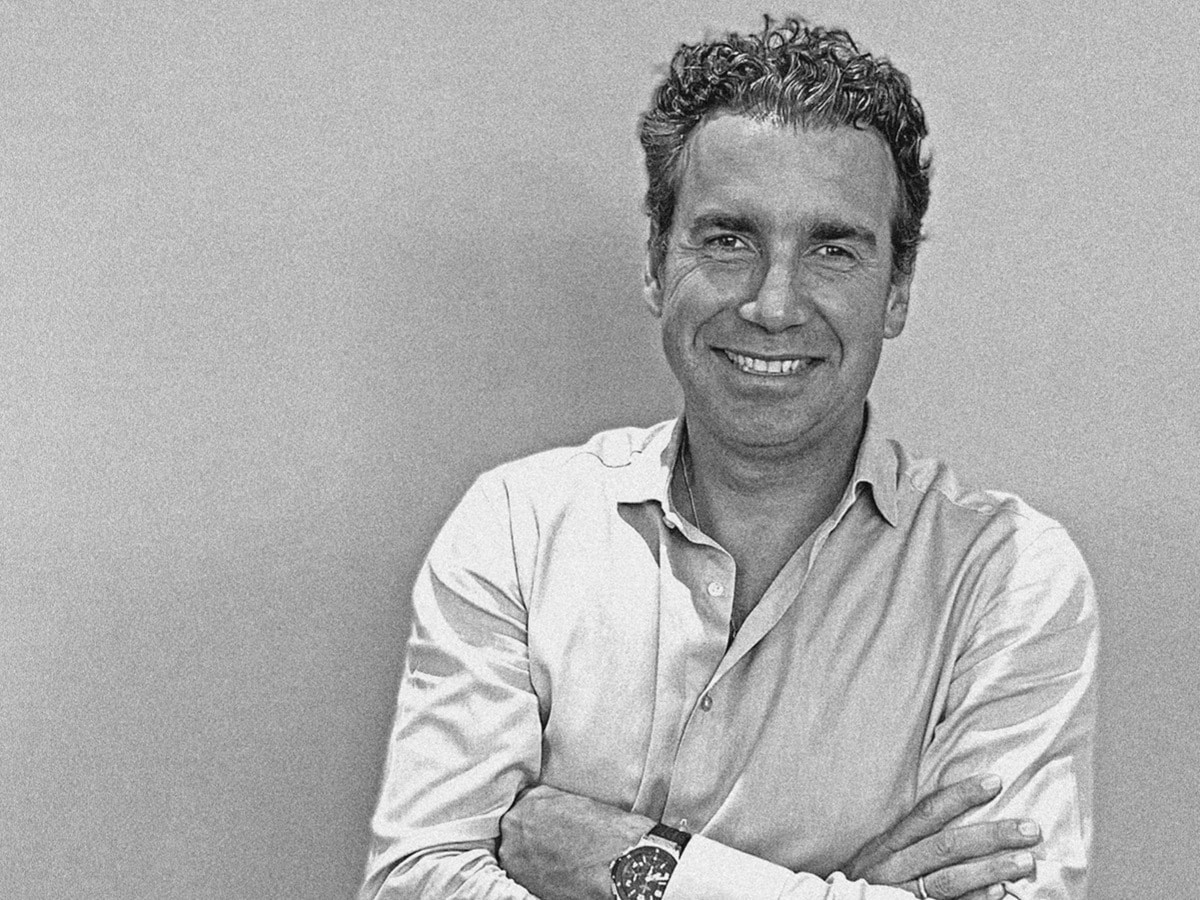Diego Parrilla is the managing partner and portfolio manager at Quadriga Asset Management with a focus on global macro volatility and tail risk. Previously, Parrilla held roles at firms including JPMorgan, Goldman Sachs and Bank of America Merrill Lynch.
A multi-talented individual, Parrilla is also an engineer and economist, as well as the author of best-selling works including The Energy World is Flat: Opportunities from the End of Peak Oil and The Anti-Bubbles: Opportunities Heading Into Lehman Squared and Gold’s Perfect Storm.
Listen to the interview:
It is the latter title that was among the topics Parrilla dove into when he recently joined Opto Sessions. But before delving into the details, Parrilla explained what a bubble is.
“I borrow the definition — or my interpretation of it — from George Soros, which is assets are artificially expensive and based on a belief that happens to be false, what he calls a misconception,” Parrilla tells Opto Sessions.
“What I did as an engineer was to generalise the framework,” he explains. He believes that misconceptions can have a distorting effect on reality not just through artificially high valuations, but also through artificially low valuations. This, Parrilla says, is what he calls an anti-bubble.
“I borrow the definition — or my interpretation of it — from George Soros, which is assets are artificially expensive and based on a belief that happens to be false, what he calls a misconception”
And the concept has three distinct dimensions. “The first one is assets that are grossly artificially cheap. It’s basically a matter of when not if that those valuations will go much higher, it’s some sort of value,” Parrilla explains.
“The second one is that by construction bubbles and anti-bubbles are like two reflections of the same misconception. They’re the same process,” he continues. “This idea is that the anti-bubble is a bit like an antivirus or an anti-missile, it’s a defence mechanism against the bubble — a hedge.”
And finally, there’s the idea that “there’s an element of risk premia … of being a contrarian,” he states.
“Sometimes bubbles are linked to consensus and excesses. For example, the relationship between the S&P [500] and the [CBOE Volatility Index], I would argue that they follow a bubble/anti-bubble relationship [in which] artificially low volatility feeds into artificially high equity valuations, both through qualitative and quantitative process,” Parrilla considers.
“There’s an element of being a contrarian and an element of potentially getting paid, because what’s ironic is that financial insurance is cheapest when you need it the most,” he considers.
“There’s an element of being a contrarian and an element of potentially getting paid, because what’s ironic is that financial insurance is cheapest when you need it the most”
Parilla suggests that when equity valuations are its highest, that is the moment when implied volatility is lowest. “If you think about that, you need the insurance when equities are at all-time highs. You don’t need the insurance when equities have already collapsed 20%, 30% or 40%,” he considers.
To find out more about the implications of Parrilla’s anti-bubble concept, as well as more details on other areas of his investment philosophy, listen to the full episode on Opto Sessions.
Listen to the full interview and explore our past episodes on Opto Sessions.
Disclaimer Past performance is not a reliable indicator of future results.
CMC Markets is an execution-only service provider. The material (whether or not it states any opinions) is for general information purposes only, and does not take into account your personal circumstances or objectives. Nothing in this material is (or should be considered to be) financial, investment or other advice on which reliance should be placed. No opinion given in the material constitutes a recommendation by CMC Markets or the author that any particular investment, security, transaction or investment strategy is suitable for any specific person.
The material has not been prepared in accordance with legal requirements designed to promote the independence of investment research. Although we are not specifically prevented from dealing before providing this material, we do not seek to take advantage of the material prior to its dissemination.
CMC Markets does not endorse or offer opinion on the trading strategies used by the author. Their trading strategies do not guarantee any return and CMC Markets shall not be held responsible for any loss that you may incur, either directly or indirectly, arising from any investment based on any information contained herein.
*Tax treatment depends on individual circumstances and can change or may differ in a jurisdiction other than the UK.
Continue reading for FREE
- Includes free newsletter updates, unsubscribe anytime. Privacy policy


